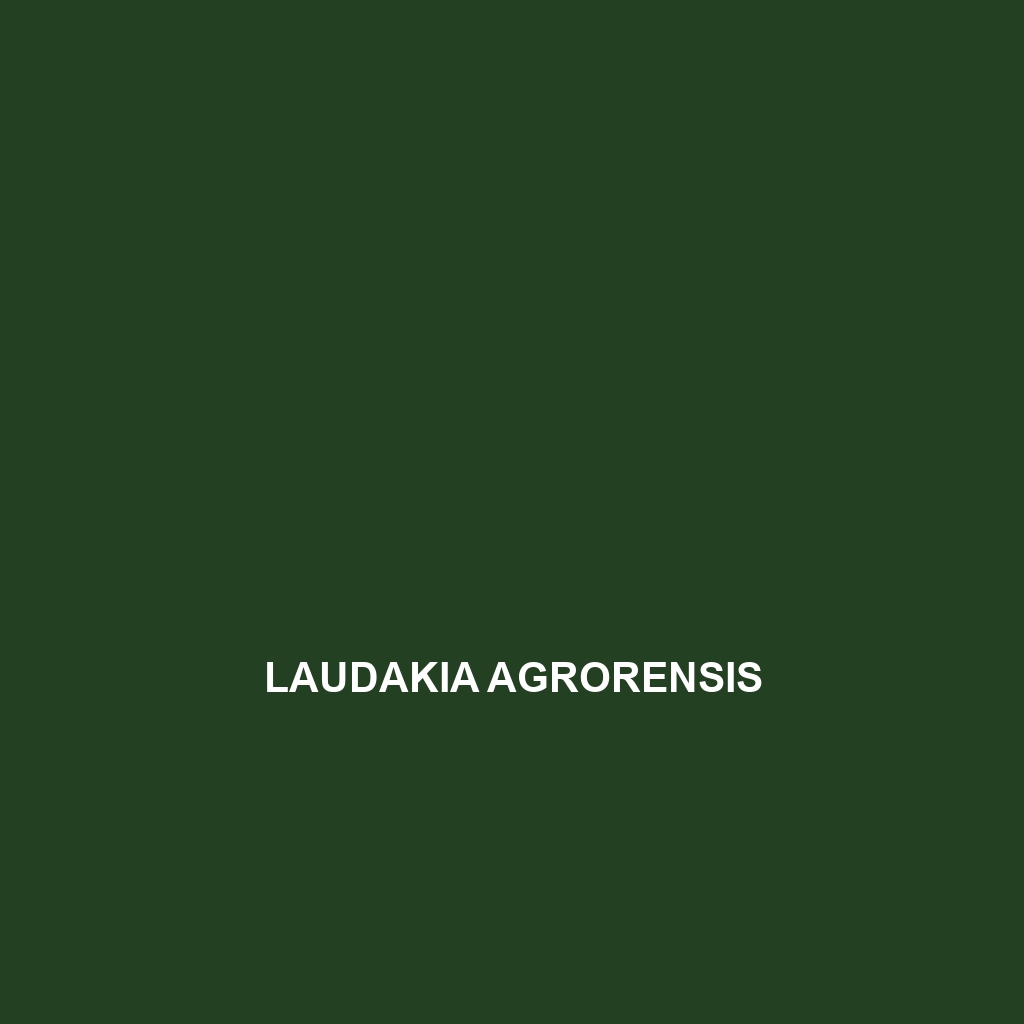Discover the Hispid Toad-head Agama (Phrynocephalus hispidus), a resilient reptile native to the arid regions of Central Asia, thriving in semi-desert environments. With distinctive spiny scales and a diet primarily consisting of insects, this fascinating species exhibits unique behaviors such as territorial displays and elaborate courtship rituals, making it a remarkable inhabitant of its ecosystem.
Tag: Central Asia Wildlife
Phrynocephalus frontalis
<b>Phrynocephalus frontalis</b>, or the Frontal Toadhead Agama, is a medium-sized lizard native to arid regions of Central Asia, known for its distinctive flattened body and striking coloration that aids in camouflage. Primarily insectivorous, these diurnal reptiles exhibit fascinating behaviors including territorial displays and burrowing, playing a crucial role in their ecosystem as both predator and prey.
Paralaudakia erythrogaster
<p><b>Paralaudakia erythrogaster</b>, known as the red-bellied agama, is a vibrant lizard native to arid regions of Central and Western Asia, recognized for its striking coloration and unique adaptations to its rocky habitat. This insectivorous species exhibits fascinating territorial behavior and plays a crucial ecological role by controlling insect populations and aiding in seed dispersal.</p>
Paralaudakia caucasia
Discover the Caucasian rock lizard (Paralaudakia caucasia), a medium-sized lizard found in the mountainous regions of the Caucasus, known for its robust body, impressive color variations, and fascinating behaviors, including basking and intricate mating displays. This resilient species thrives in diverse environments, playing a crucial role in its ecosystem by regulating insect populations and serving as prey for larger predators.
Laudakia dayana
<p><b>Laudakia dayana</b> is a robust lizard native to the arid regions of Central Asia, characterized by its spiny scales, diurnal basking habits, and insectivorous diet. Known for its adaptability, this species thrives in rocky landscapes and plays a crucial role in controlling insect populations and supporting local ecosystems.</p>
Laudakia agrorensis
Laudakia agrorensis, commonly known as the Agror lizard, is a diurnal omnivore found in the rugged mountain regions of Central Asia, exhibiting striking coloration and a robust body that aids in camouflage. This species thrives in arid habitats and is known for its climbing abilities, unique social behaviors, and role in controlling insect populations within its ecosystem.
Eremias velox
<p><b>Eremias velox</b>, known as the Central Asian racerunner, is a medium-sized lizard native to semi-deserts and grasslands of Central Asia, featuring a sandy or brownish color with distinct longitudinal stripes. This diurnal insectivore is renowned for its agility and speed, which aid in evading predators and capturing prey, while playing a crucial role in maintaining ecological balance within its habitat.</p>
Eremias strauchi
Discover the Eremias strauchi, or Strauch's Sand Lizard, a slender, agile lizard measuring 10 to 20 cm, found in the semi-arid regions of Central Asia. This insectivore thrives in sandy habitats and plays a critical role in controlling insect populations while exhibiting fascinating behaviors such as diurnal foraging and complex mating displays.
Echis khosatzkii
Echis khosatzkii, commonly known as Khosatzkii's viper, is a robust, nocturnal snake found in arid regions of Central and Western Asia, characterized by its distinctive triangular head and potent venom used for ambushing prey. This species plays a vital role in controlling rodent populations and maintaining ecosystem balance.
Cyrtopodion belaense
stunning Cyrtopodion belaense, a nocturnal gecko native to the arid regions of southern Kazakhstan, known for its exceptional camouflage, slender body, and agile climbing abilities. This vulnerable species plays a critical role in its ecosystem by controlling insect populations and serving as prey for larger predators.









